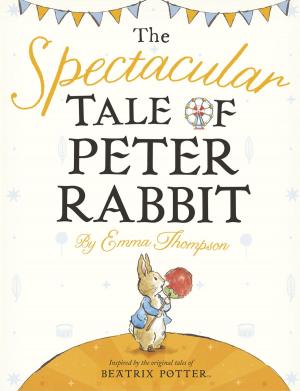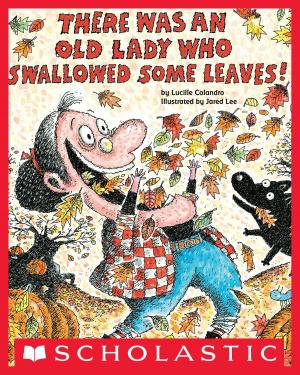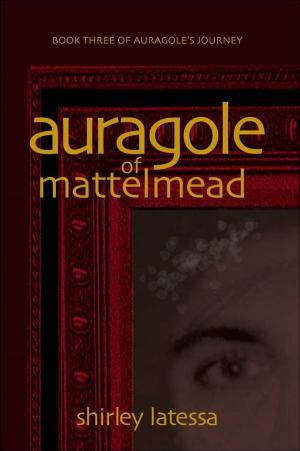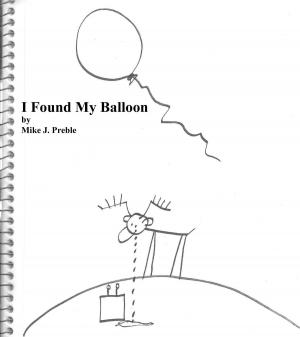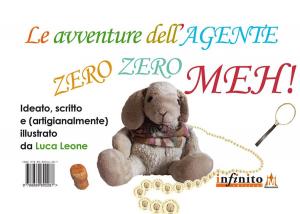The Complete Kama Sutra : The First Unabridged Modern Translation of the Classic Indian Text
by Mallanaga Vātsyāyana
Kids, Fiction, Love and Romance, Fiction & Literature, Classics, Teen| Author: | Vatsyayana | ISBN: | 1230000113401 |
| Publisher: | Vatsyayana | Publication: | March 9, 2013 |
| Imprint: | Language: | English |
| Author: | Vatsyayana |
| ISBN: | 1230000113401 |
| Publisher: | Vatsyayana |
| Publication: | March 9, 2013 |
| Imprint: | |
| Language: | English |
In the literature of all countries there will be found a certain number of works treating especially of love. Everywhere the subject is dealt with differently, and from various points of view. In the present publication it is proposed to give a complete translation of what is considered the standard work on love in Sanscrit literature, and which is called the 'Vatsyayana Kama Sutra,' or Aphorisms on Love, by Vatsyayana.
It is advisable to furnish here a brief analysis of works of the same nature, prepared by authors who lived and wrote years after Vatsya had passed away, but who still considered him as a great authority, and always quoted him as the chief guide to Hindoo erotic literature.
Besides the treatise of Vatsyayana the following works on the same subject are procurable in India:—
1. The Ratirahasya, or secrets of love.
2. The Panchasakya, or the five arrows.
3. The Smara Pradipa, or the light of love.
4. The Ratimanjari, or the garland of love.
5. The Rasmanjari, or the sprout of love.
6. The Anunga Runga, or the stage of love; also called Kamaledhiplava, or a boat in the ocean of love.
The author of the 'Secrets of Love' (No. 1) was a poet named Kukkoka. He composed his work to please one Venudutta, who was perhaps a king. When writing his own name at the end of each chapter he calls himself "Siddha patiya pandita," i.e., an ingenious man among learned men. The work was translated into Hindi years ago, and in this the author's name was written as Koka. And as the same name crept into all the translations into other languages in India, the book became generally known, and the [4]subject was popularly called Koka Shastra, or doctrines of Koka, which is identical with the Kama Shastra, or doctrines of love, and the words Koka Shastra and Kama Shastra are used indiscriminately.
The work contains nearly eight hundred verses, and is divided into ten chapters, which are called called Pachivedas. Some of the things treated of in this work are not to be found in the Vatsyayana, such as the four classes of women, viz., the Padmini, Chitrini, Shankini and Hastini, as also the enumeration of the days and hours on which the women of the different classes become subject to love. The author adds that he wrote these things from the opinions of Gonikaputra and Nandikeshwara, both of whom are mentioned by Vatsyayana.
After a perusal of the Hindoo work, and of the English books above mentioned, the reader will understand the subject, at all events from a materialistic, realistic and practical point of view. If all science is founded more or less on a stratum of facts, there can be no harm in making known to mankind generally certain matters intimately connected with their private, domestic, and social life.
Alas! complete ignorance of them has unfortunately wrecked many a man and many a woman, while a little knowledge of a subject generally ignored by the masses would have enabled numbers of people to have understood many things which they believed to be quite incomprehensible, or which were not thought worthy of their consideration.
In the literature of all countries there will be found a certain number of works treating especially of love. Everywhere the subject is dealt with differently, and from various points of view. In the present publication it is proposed to give a complete translation of what is considered the standard work on love in Sanscrit literature, and which is called the 'Vatsyayana Kama Sutra,' or Aphorisms on Love, by Vatsyayana.
It is advisable to furnish here a brief analysis of works of the same nature, prepared by authors who lived and wrote years after Vatsya had passed away, but who still considered him as a great authority, and always quoted him as the chief guide to Hindoo erotic literature.
Besides the treatise of Vatsyayana the following works on the same subject are procurable in India:—
1. The Ratirahasya, or secrets of love.
2. The Panchasakya, or the five arrows.
3. The Smara Pradipa, or the light of love.
4. The Ratimanjari, or the garland of love.
5. The Rasmanjari, or the sprout of love.
6. The Anunga Runga, or the stage of love; also called Kamaledhiplava, or a boat in the ocean of love.
The author of the 'Secrets of Love' (No. 1) was a poet named Kukkoka. He composed his work to please one Venudutta, who was perhaps a king. When writing his own name at the end of each chapter he calls himself "Siddha patiya pandita," i.e., an ingenious man among learned men. The work was translated into Hindi years ago, and in this the author's name was written as Koka. And as the same name crept into all the translations into other languages in India, the book became generally known, and the [4]subject was popularly called Koka Shastra, or doctrines of Koka, which is identical with the Kama Shastra, or doctrines of love, and the words Koka Shastra and Kama Shastra are used indiscriminately.
The work contains nearly eight hundred verses, and is divided into ten chapters, which are called called Pachivedas. Some of the things treated of in this work are not to be found in the Vatsyayana, such as the four classes of women, viz., the Padmini, Chitrini, Shankini and Hastini, as also the enumeration of the days and hours on which the women of the different classes become subject to love. The author adds that he wrote these things from the opinions of Gonikaputra and Nandikeshwara, both of whom are mentioned by Vatsyayana.
After a perusal of the Hindoo work, and of the English books above mentioned, the reader will understand the subject, at all events from a materialistic, realistic and practical point of view. If all science is founded more or less on a stratum of facts, there can be no harm in making known to mankind generally certain matters intimately connected with their private, domestic, and social life.
Alas! complete ignorance of them has unfortunately wrecked many a man and many a woman, while a little knowledge of a subject generally ignored by the masses would have enabled numbers of people to have understood many things which they believed to be quite incomprehensible, or which were not thought worthy of their consideration.


